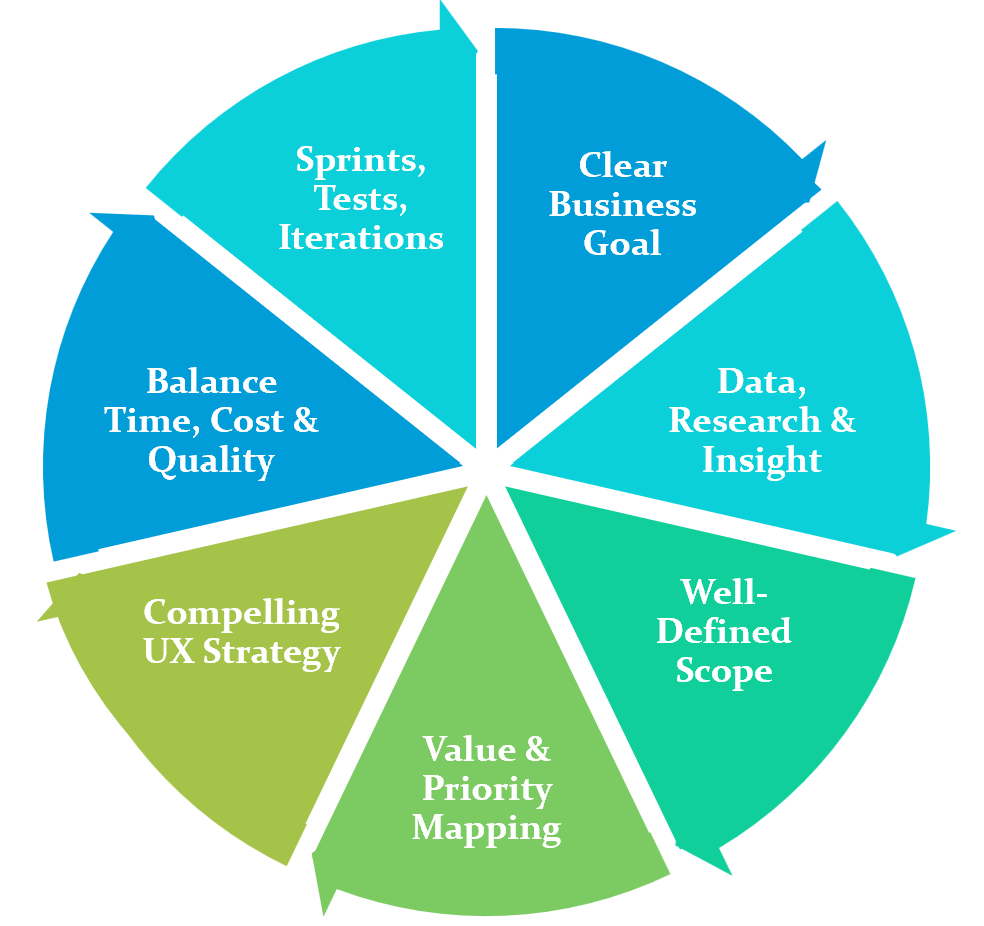
Introduction
In today’s fast-paced and ever-evolving world, technology plays a crucial role in driving growth and maintaining a competitive edge. To navigate this dynamic landscape successfully, companies need a well-defined, performance-led technology playbook that outlines their strategic approach to leveraging the tech stack for future growth and market expansion.
This technology playbook serves as a guiding framework, enabling businesses to adopt emerging trends, harness the power of innovation, and develop a cutting-edge brand experience.
I have outlined key components and strategies that shape a technology playbook, setting businesses on the path to accelerated performance, revved up profitability, and future success.
Leveraging IT Principles to Drive Business Expansion
Implementing a robust IT infrastructure can significantly enhance operational efficiency and scalability, laying a strong foundation for steady growth. By utilizing data and in-depth market research, businesses can gain actionable insights that inform strategic decisions, helping them stay ahead of the competition.
Adopting cloud computing solutions supports flexible and cost-effective expansion, allowing organizations to adapt swiftly to changing buyer behaviors.
Ensuring that cybersecurity measures are firmly in place protects sensitive business information and maintains customer trust, which are crucial for evading precarious headwinds.
Strategic Technology Planning
The purpose of strategic technology planning is to seamlessly align IT systems with business goals, driving both growth and efficiency. It starts with a thorough assessment of current technological capabilities and identifying gaps that must be addressed to maintain competitiveness. Through comprehensive analysis and computing, the team will forecast future technological trends and prepares for their adoption. These tactical initiatives are tremendously valuable for the company securing a cutting-edge advantage in the market.
Word to the Wise
The planning process necessitates a forward-thinking approach and collaboration across departments, so that technology investments are not only strategic but also support overall organizational objectives.
Setting Long-Term Objectives
Establishing clear and measurable goals that reflect the organization’s vision is crucial for guiding long-term success. Flexibility must be at the forefront to adapt to changing circumstances and market conditions, ensuring that strategies remain relevant and effective.
Objectives should be realistic yet challenging – driving growth and fostering innovation within the company. Regular reviews and adjustments of these long-term objectives help maintain momentum, spurring an economy-of-scale mindset and keeping the organization on a high-velocity track.
Word to the Wise
Evolving, testing, and experimentation in technology – along with a collective exploratory mindset – are essential to meet the demands of an ever-changing business landscape.
Continue reading “Creating a Technology Playbook for Future Growth and Competitive Positioning”









